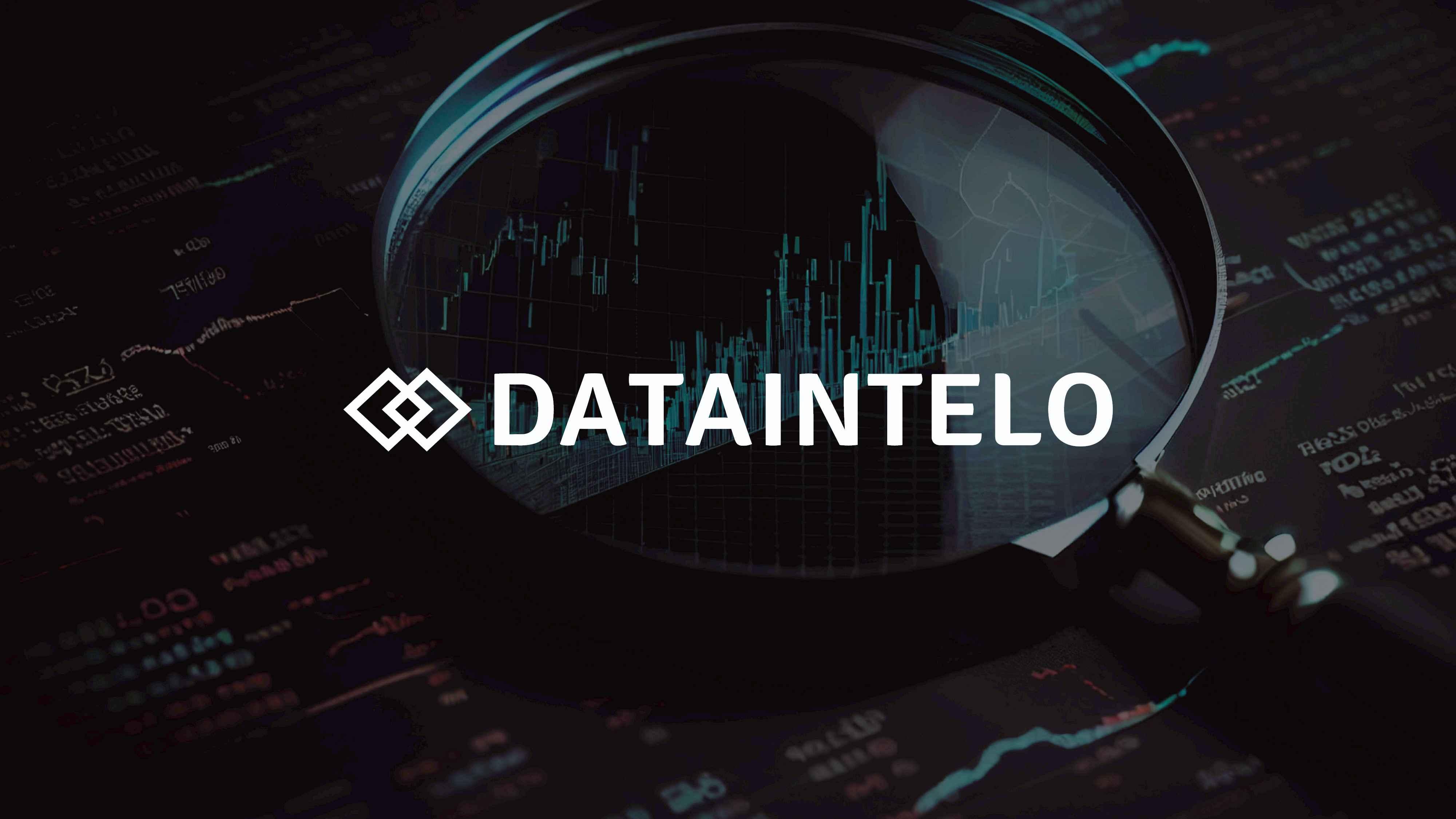The global Glass Fiber Reinforced Polymer (GFRP) Rebar Market is gaining remarkable traction, driven by increasing demand for corrosion-resistant and sustainable reinforcement solutions in construction. As industries seek alternatives to steel rebar, GFRP rebars are emerging as a durable, cost-effective, and lightweight option in infrastructure projects worldwide.
GFRP rebar, composed of high-strength glass fibers embedded in a polymer matrix, offers superior tensile strength, corrosion resistance, and longevity. These attributes make it ideal for applications in marine, coastal, and chemically aggressive environments.
Growing emphasis on eco-friendly materials and infrastructure durability is expected to push the market into its next growth phase.
Request a Sample Report:
https://dataintelo.com/request-sample/408264
Key Market Drivers
-
Corrosion Resistance Advantage: GFRP rebar is impervious to rust, significantly reducing maintenance costs and extending the lifespan of structures in moisture-rich and saline environments.
-
Rising Demand in Civil Infrastructure: GFRP is increasingly preferred in bridges, tunnels, highways, and water treatment plants due to its lightweight and non-conductive properties.
-
Sustainability Push: Regulatory authorities and developers are prioritizing low-carbon construction, and GFRP aligns well with green building certifications and energy-efficient designs.
Market Restraints
-
Higher Initial Cost: Compared to traditional steel rebar, the upfront cost of GFRP is relatively higher, which may deter price-sensitive buyers in emerging markets.
-
Limited Awareness and Design Codes: Many regions still lack updated engineering standards and guidelines specific to GFRP applications, slowing its adoption.
-
Recyclability Concerns: The polymer matrix in GFRP makes recycling more complex than metal counterparts, which may challenge circular economy goals.
Opportunities on the Horizon
-
Infrastructure Modernization Projects: Government investments in aging infrastructure present a golden opportunity for GFRP rebar to be integrated as a long-term solution.
-
Technological Innovations: Advancements in composite manufacturing and matrix materials are expected to enhance performance while reducing cost.
-
Emerging Economies Adoption: Rapid urbanization in Asia-Pacific, Latin America, and Africa is expected to drive demand for modern, resilient construction materials.
View Full Report:
https://dataintelo.com/report/global-glass-fiber-reinforced-polymer-gfrp-rebar-market
Market Size and Forecast
The Glass Fiber Reinforced Polymer (GFRP) Rebar Market was valued at USD 237 million in 2023 and is anticipated to reach approximately USD 522 million by 2032, expanding at a CAGR of 9.1% during the forecast period. The market’s robust growth trajectory is underpinned by increased infrastructure spending and regulatory support for sustainable construction.
Market Segmentation Overview
By Resin Type:
-
Vinyl Ester
-
Polyester
-
Epoxy
By Application:
-
Highways
-
Marine Structures
-
Bridges
-
Industrial Buildings
-
Water Treatment Plants
By End User:
-
Public Infrastructure
-
Commercial Construction
-
Residential Projects
By Region:
-
North America
-
Europe
-
Asia-Pacific
-
Latin America
-
Middle East & Africa
Regional Insights
-
North America: Dominates the market due to early adoption, strong infrastructure investments, and established design standards for composite materials.
-
Europe: Sees steady demand owing to stringent environmental policies and a shift towards sustainable construction practices.
-
Asia-Pacific: Expected to witness the highest growth rate, led by China, India, and Southeast Asia where infrastructure development is booming.
-
Middle East & Africa: Rising construction activity in coastal zones is encouraging the use of corrosion-resistant GFRP rebar.
Check Out the Report:
https://dataintelo.com/checkout/408264
Market Dynamics and Growth Trends
The GFRP rebar market is influenced by dynamic shifts in material science, government policies, and evolving consumer preferences. A growing number of developers are evaluating lifecycle cost analysis, where GFRP offers an attractive proposition despite higher upfront investment.
Key factors influencing market evolution:
-
Surge in demand for smart infrastructure with embedded monitoring systems
-
Expansion of manufacturing capacity for composites in emerging economies
-
Push for earthquake-resistant and high-durability materials in seismic zones
Industry Trends to Monitor
-
Prefabricated GFRP Elements: Increasing use in modular construction to speed up timelines and improve structural performance.
-
Hybrid Reinforcement Solutions: Combination of GFRP with steel to optimize cost and resilience in different zones of construction.
-
Digital Construction Tools: BIM integration with composite materials is enabling accurate project forecasting and material management.
-
Life-Cycle Cost Modeling: Stakeholders are shifting focus from just capex to total cost of ownership, where GFRP scores high due to its longevity and low maintenance.
Strategic Recommendations
-
Market Education & Training: Initiatives to raise awareness among engineers, architects, and decision-makers are crucial to foster wider acceptance.
-
Regional Expansion: Manufacturers should target infrastructure-rich and regulation-evolving regions with tailored product portfolios.
-
Invest in R&D: Advancing product formulations to improve fire resistance, UV stability, and recyclability will unlock future growth.
-
Collaboration with Governments: Partnerships to update construction codes and standards will accelerate mainstream GFRP deployment.
Conclusion
The Glass Fiber Reinforced Polymer (GFRP) Rebar Market is well-positioned for long-term growth, backed by sustainability imperatives, technological innovation, and the need for long-lasting infrastructure solutions. Its superior mechanical properties, resistance to corrosion, and lower lifecycle cost make it a future-ready alternative to steel reinforcement.

